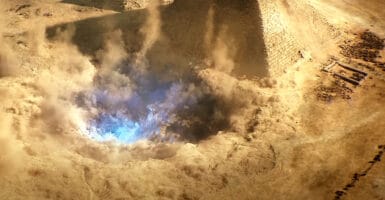The Woolly Mammoth Is Coming Back
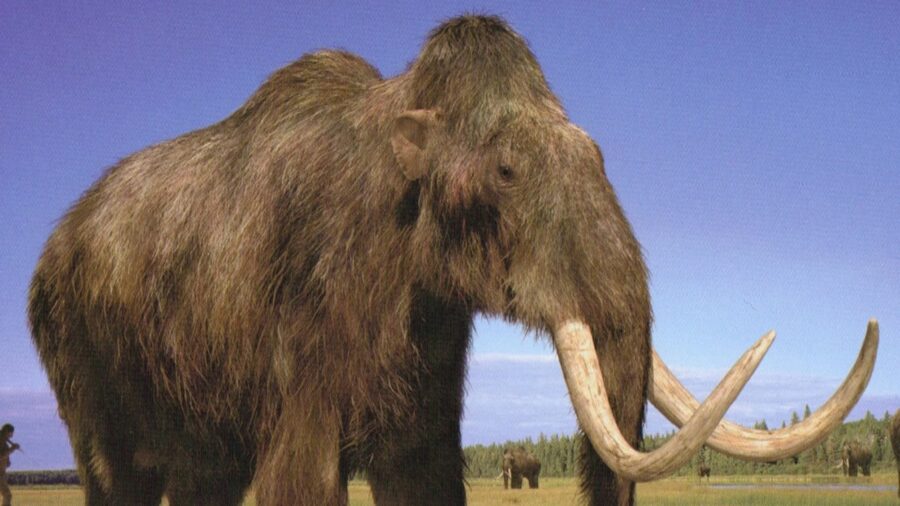
For years, many bioscience corporations have held the lofty ambition of reviving long-extinct species, such as the woolly mammoth, using DNA sequences found in preserved fossils to breed the creatures back into reality. And now it looks like it is going to happen.
Cracking The Woolly Mammoth Code
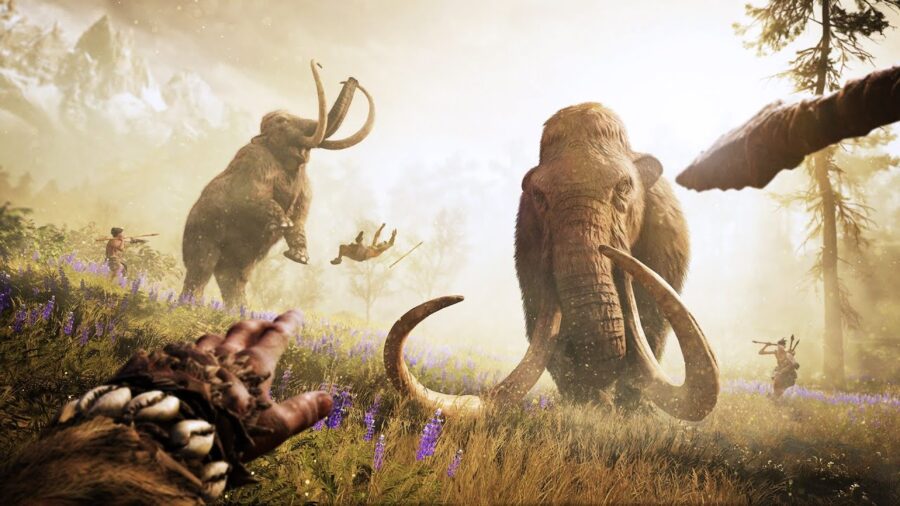
Now, Colossal Biosciences claims that it has cracked the code and plans to birth the first calves of its kind by 2028. Geneticists at the company have also expressed interest in breeding extinct creatures such as the dodo bird and the Tasmanian tiger.
Woolly mammoths are said to have gone extinct over 4,000 years ago, when mankind was constructing the great pyramids. Though that may sound more recent than you’d expect, given the creatures’ frequent depiction in dinosaur media, that is an incredibly long time for a species to be extinct.
Blending With Other Elephants
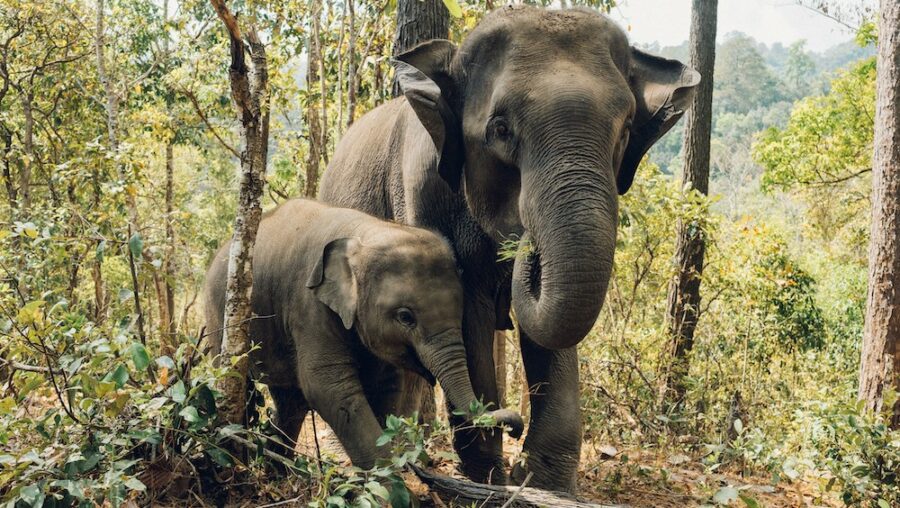
This is especially true in terms of reviving DNA samples, which would need to be near-perfectly preserved from fossils or ice sheets.
However, Colossal Biosciences’ co-founder and geneticist, George Church, has expressed his vision to blend DNA sequencing data available to his lab with that of modern descendants of the woolly mammoths, such as today’s Asian elephants.
Threatened By Climate Change

This process could not only serve as a jumping-off point to return mammoths to their natural habitat, allowing them to roam the Earth as they did millions of years ago, but also support elephant populations, which have been threatened by human hunting and man-made climate change.
Church claims that if humanity does not change its treatment of animals and nature, the planet is on track to lose nearly half of its biodiversity by the year 2050.
Creating New Breeds
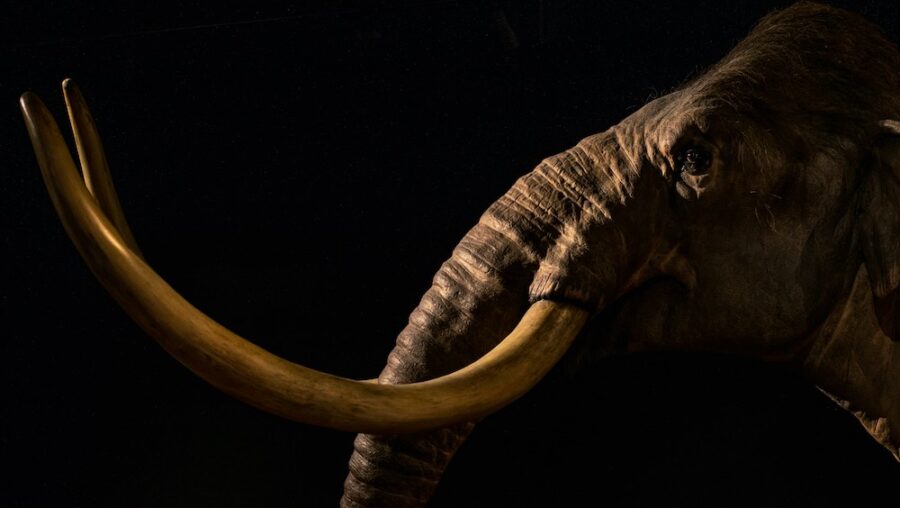
Thanks to software developed by the geneticists at Colossal Biosciences, this may be mitigated, as modern technology allows scientists to develop complex nucleotide edits, essentially making new and returning breeds of animals customizable video game characters.
Unlike the creatures cloned in cautionary tales such as Jurassic Park, woolly mammoths have the potential to improve their ecosystem rather than destroy it.
Furthermore, scientists have plotted long-term solutions for releasing the long-extinct creatures back into nature in a safe and protected fashion.
Decimated Elephant Populations
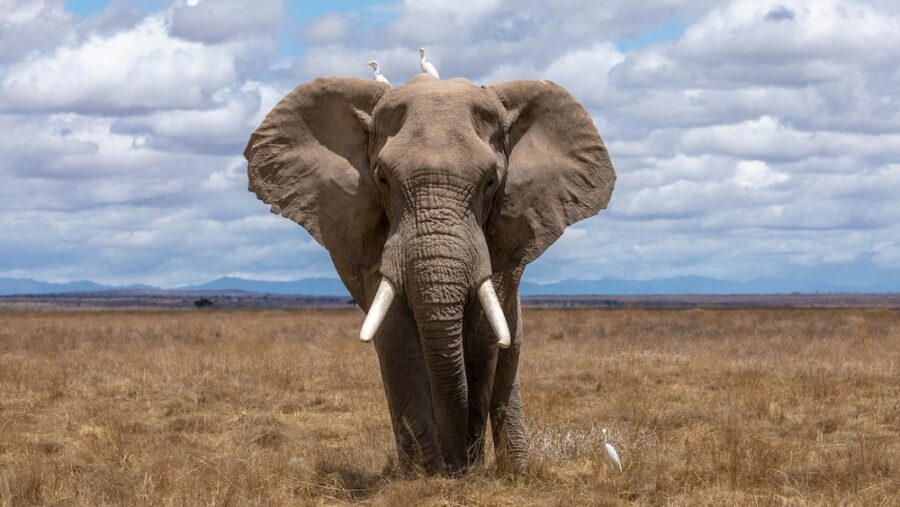
Furthermore, Church says elephant populations are seeing massive casualties due to a rampant strain of elephant endotheliotropic herpesviruses, which has been decimating baby elephant populations each year.
Currently, not enough resources are being allocated to prevent the spread of EEHV, though the added biodiversity of woolly mammoth populations may allow scientists to breed the disease out of existence.
One of the largest hold-ups in producing woolly mammoth calves at this point is the 22-month-long gestation period they require in the womb, which is a very long time to keep a lab-science experiment healthy and happy while watching for potential conflicts.
Working Around The Clock
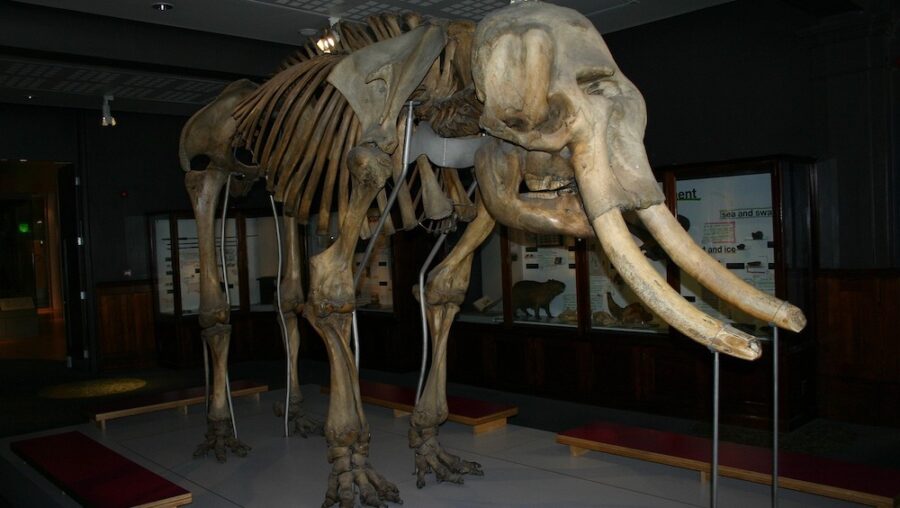
Church claims that a panel of 17 geneticists for Colossal Biosciences are working round the clock to ensure that artificial wombs for the woolly mammoths can be constructed to meet their 2028 goal.
Likewise, other teams have been constructed to lead efforts on dodo bird and Tasmanian tiger de-extinction. While the bioscience team is currently all-in on the de-extinction of animal populations, they have also dedicated a great deal of manpower toward reviving certain strains of extinct plants and seeds.
Source: Newsweek


